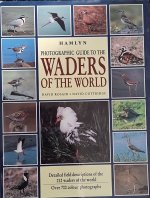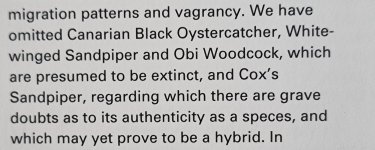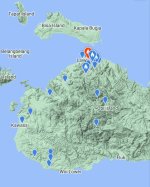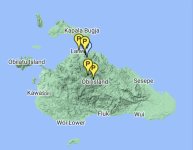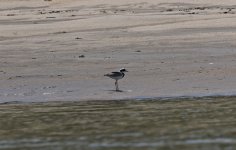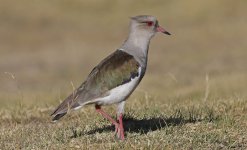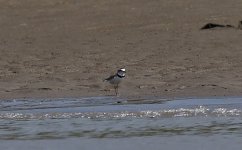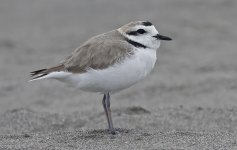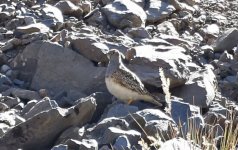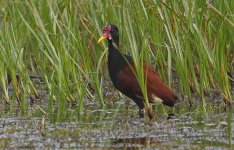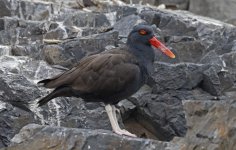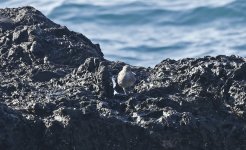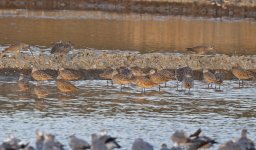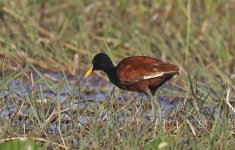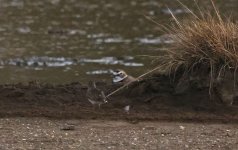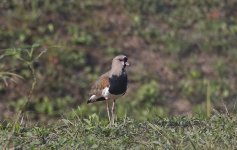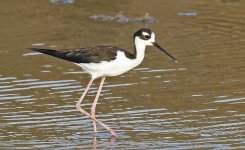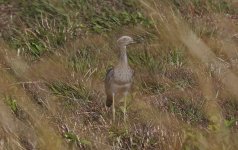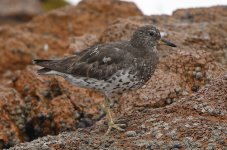Here's a copy and paste for you.
Twitcher starts last lap of odyssey to see all the world's waders
Brian Unwin
Monday 24 April 2000 00:00
Even for such a dedicated - some would say obsessive - hobby as bird-watching, David Rosair is on the brink of a remarkable feat.
The twitcher from Whitstable in Kent is attempting to become the first person to see all the world's 211 species of wading birds.
In a remarkable and obscure 40-year odyssey he has visited 70 countries, chalking up 209 species of the long-legged shorebirds, typified by curlews, plovers and sandpipers.
Now he is off to the jungles of Indonesia in an effort to glimpse the final two that have eluded him - the dusky woodcock (Scolopax saturata), which is found on the islands of Java and Sumatra, and the Celebes woodcock (Scolopax celebensis), confined to Sulawesi. Both birds are related to Britain's own woodcock(Scolopax rusticola), the long-billed gamebird seen patrolling its woodland territory at dusk.
"I know all the world birders, and am well aware none, alive or dead, has encountered so many different types of waders," Mr Rosair said. "Finding the last two would be quite an achievement - and I hope it earns me a place in The Guinness Book of Records."
A professional ornithologist, Mr Rosair, 52, is the author of a comprehensive photographic guide to the waders of the world and is confident that his latest journey will add extra information for his next work, Where to Find Shorebirds.
Locating some of the rarer of the 209 species on which he has already set eyes has also fitted neatly with his "day job" of leading overseas bird-watching tours.
"It all began on 25 July 1960, when I wrote in my very first notebook, 'A lapwing flew over open ground on Epsom Downs, Surrey'," he said, just back from leading a group around the Isles of Scilly.
"After that it became progressively harder. I have kept the two Indonesian woodcock until last because they're such a challenge, due to their secretive habits. The only chance of seeing them will be during their brief dawn-and-dusk display flights."
Mr Rosair is used to beating the odds to extend his wader list. He has travelled several times to inaccessible islands, such as the Ryukyu group south of Okinawa, Japan, to find the Amami woodcock (Scolopax mira). He took a nine-day round-trip by sea from South Africa to visit the isolated Atlantic island where the exiled Napoleon ended his days. It is the only spot where the St Helena plover (Charadrius sanctaehelenae) can be seen.
Remoter still was the Tuamotu archipelago in the Pacific, almost exactly midway between Australia and South America, where the target was the 6in-long Tuamotu sandpiper (Prosobonia cancellata), another species which can be found nowhere else in the world.
"Usually the expeditions have been successful but one failure was when I tried to find the white-bellied seedsnipe [Attagis malouinus] by the Marshall Glacier, near Ushuaia on Tierra del Fuego at the southern tip of Argentina, nine years ago," he said.
"Due to the physical effort involved, that was a particular disappointment. So it was very satisfying to return there in January this year and obtain good views of this resident of barren mountains and exposed moorland."
More about
BirdsBirdwatchingIndonesiaKent County
Join our new commenting forum
Join thought-provoking conversations, follow other Independent readers and see their replies
Comments








